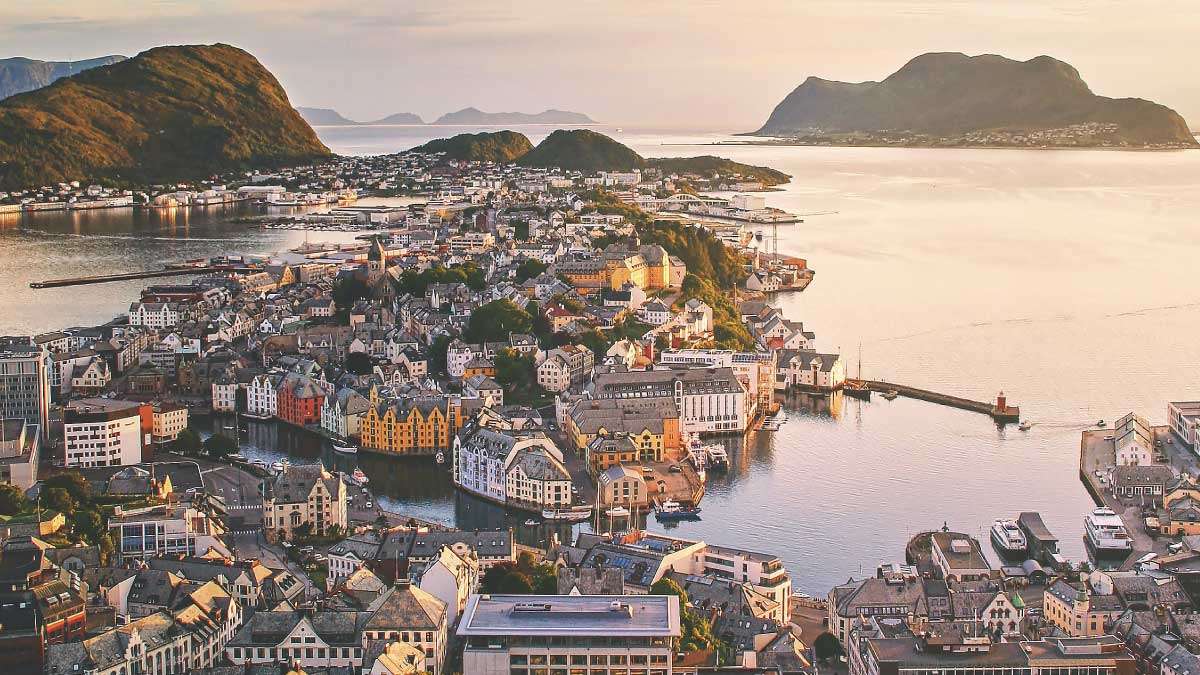
Norway’s Work-Life Balance: Can It Work Everywhere?
Norwegians treat working hours as a boundary, not a badge of honor. The Working Environment Act limits the week to 40 hours, yet Statistics Norway puts the average at 33.6 hours. Those shorter shifts free up two extra hours a day compared with the OECD mean, time most people spend with family or outside. Life expectancy echoes the difference: 83.4 years in Norway versus 80.3 years across the OECD. The 2024 World Happiness Report still ranks the country seventh worldwide, and analysts link that steady result to the simple fact that paid work seldom shadows evenings or weekends.
The Norwegian Model
Law makes leisure inevitable. Overtime pays at least 140 % of the ordinary wage, and annual overtime may not cross 200 hours, a ceiling set to stop quite burnout. Every full-timer receives a statutory 25 vacation days, four weeks plus one day, and ten red-letter public holidays sit on top. Parental leave reaches 49 weeks at full salary or 59 weeks at 80 %. Crucially, 15 weeks are reserved for the father or co-mother: families lose that slice if the partner skips it, so uptake hovers above 90 %. The impact shows in labor-force data; nine out of ten fathers of toddlers are back at work within a year, but still log more hours of childcare than their peers in any other European country. Childcare itself is a near-universal service. Municipal kindergartens guarantee a place once a child turns one, and fees cannot exceed 3,062 kroner a month, about 6% of median household income. Remote-work rules passed in 2022 treat a living room as an office extension, obliging employers to cover equipment costs and occupational safety.
Cultural Foundations
Trust gets more done than supervision. Norwegian firms flatten hierarchy; only 16 % of workers report “high power distance” in European Working Conditions surveys, the lowest figure on the continent. When titles do not intimidate, people speak up early, and projects spend less time in rework. Outside the office, friluftsliv, literally “free-air life,” pulls staff into forests and fjords. Almost half the population holds a sports or outdoor club membership, and 440,000 privately owned cabins dot the countryside for quick weekend escapes. Janteloven, the social norm discouraging swagger, reinforces that balance: bragging about long hours would draw puzzled looks, not praise.
Gender Equality and Family Dynamics
Paid leave reshapes the household ledger. Female labor-force participation sits at 77 %, within six points of men and ten points above the European Union average. Board quotas instituted in 2005 pushed women’s share of listed-company directorships from 7 % to 40 % in four years. Yet gaps persist. Hourly pay for women still trails men by roughly 13 %, although that spread shrinks to 6 % when adjusting for occupation and experience. Engineering and tech remain male territories; women fill only one in five ICT jobs. Policy makers now float an “experience quota” to set targets for female senior engineers to mirror the earlier board rule.
Societal Impacts
Balanced schedules show up in public health and birth stats. Norway records 15.1 deaths per 100,000 inhabitants from work-related stress disorders, less than half the EU average of 32. Children benefit, too; UNICEF’s most recent well-being index ranks Norwegian kids third out of 41 rich nations. Fertility fell to 1.53 births per woman in 2019. Still, it rebounded to 1.68 in 2024 after the government raised the child benefit and expanded kindergarten hoursevidence that predictable support, not cash alone, nudges family planning.
Comparative Analysis
Sweden, Denmark, and Finland post working-time figures within one hour of Norway’s. Still, only Norway’s finances leave, and childcare partly from petroleum revenue returns on its 1.8-trillion-dollar sovereign fund covered 12 % of the 2024 state budget. Across the Atlantic, the average U. S. worker logs 1,980 hours a year, 600 more than a Norwegian, and federal law offers zero days of paid parental leave. Burnout surveys mirror the gap: 43 % of U. S. professionals report feeling “always exhausted,” versus 17 % in Norway. Middle-income countries are picking pieces that fit their wallets. Spain copied the father quota in 2021, granting each parent 16 non-transferable weeks, and uptake there hit 92 % by 2024. Portugal tied nursery fees to family income bands and cut out-of-pocket costs by one-third in two years.
Global Applicability
Five pillars travel well; culture decides the rest. Countries wanting similar outcomes need capped hours, ring-fenced parental pay for each parent, affordable childcare, a legal right to flexible work, and institutions people trust. Money matters, but public attitudes break or build reforms. In Italy, a draft father quota stalled after polls showed 48 % of men viewed infant care as “mainly maternal.” In contrast, Iceland passed a six-month equal split in 2012; fathers now take 40 % of all leave days, and the gender pay gap has narrowed by five points. Progress traces less to Nordic latitude than to social agreement that time at home helps everyone.
Conclusion
Norway shows that balance is engineered, not accidental. Clear hour limits, paid family time, and universal childcare rest on mutual trust rather than heroic self-sacrifice. Countries willing to write similar rules and back them with reliable services can expect the same downstream reward: healthier citizens, steadier demographics, and workplaces that fit inside a life instead of overrunning it.
Ready to navigate international talent markets or enhance your workplace policies? As a company rooted in both Europe and Asia, we bring firsthand insight into the realities of work across borders. Let us help you expand with confidence—reach out today to discuss how we can support your growth and ensure your business thrives in any country.
